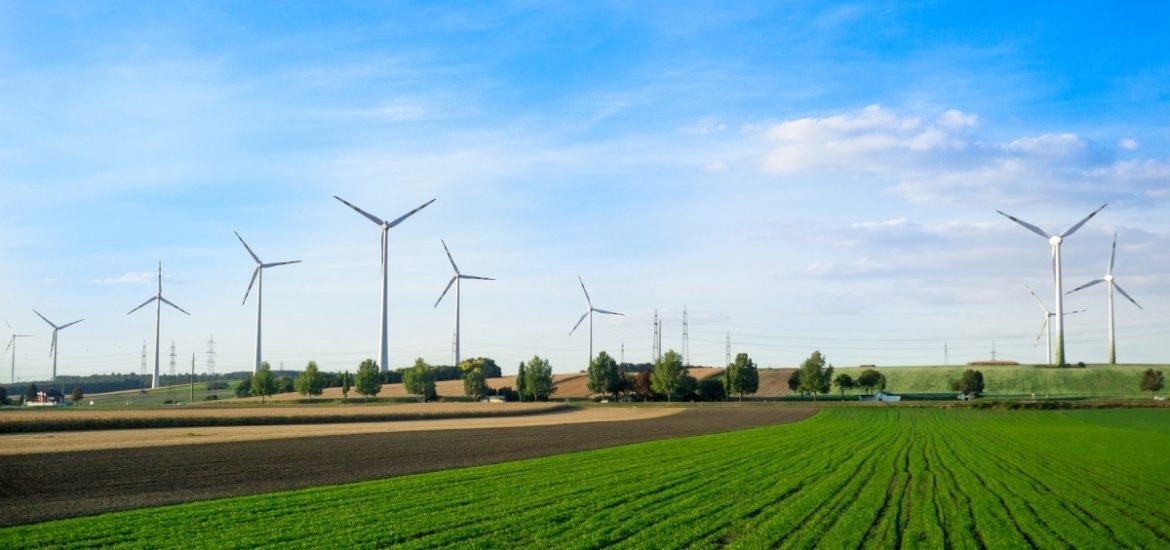
While the European Union (EU) has progressively integrated several mechanisms to support the environment, proposals for the Common Agricultural Policy (CAP) post-2020 are unlikely to improve the environmental, economic, and social sustainability performance of EU agriculture, according to a new analysis published on 2 August in Science (1).
The CAP of the EU is one of the world’s largest agricultural policies and the EU’s longest-prevailing one. However, the official CAP objectives have not changed since 1957, the authors explain, despite obligations to address environmental challenges such as biodiversity loss, extreme weather events, and increasingly more frequent wildfires, as well as sustainability issues. Instead, the objectives focus on productivity, farm income, stable markets, availability of supplies, and affordable food prices.
Unsurprisingly, the overall consensus in Europe — 92 per cent of non-farmers and 64 per cent of farmers — is that the CAP does not do enough to address ongoing environmental degradation and climate change.
In anticipation of planned autumn 2019 talks between the EC, the Council, and the EP to discuss the post-2020 CAP reforms, the authors examine whether proposed amendments can address key sustainability issues and meet societal demands for higher environmental performance.
Based on a comprehensive review of the literature, the team of researchers, led by the German Centre for Integrative Biodiversity Research (iDiv), the Helmholtz Centre for Environmental Research (UFZ) and the University of Göttingen, looked at five main challenges:
- Align CAP with SDGs
- Balance instruments and budgets
- Sharpen green architecture
- Link the CAP to real impacts
- Improve the reform process.
From their analysis, the researchers hoped to answer several key questions: Is the reform proposal compatible with the UN’s Sustainable Development Goals (SDGs), does it reflect public debate on EU agriculture, and, does it offer a clear improvement compared to the current CAP?
A clear step backwards
Overall, the proposed CAP represents a clear step backwards, the authors conclude. The EU intends to keep a number of CAP instruments that are inefficient, harmful to the environment, and socially unfair.
In fact, many existing payout schemes give rise to an unequal funding distribution. For instance, 1.8 per cent of recipients receiving 32 per cent of the funds, under the so-called Pillar 1 of the CAP. The payouts — around 40 billion euros or 70 per cent of the total CAP budget — were introduced in 1992 as an interim solution but lack any scientific basis.
While Pillar 2, called ‘Rural Development Programme’, offers much better tools for addressing biodiversity protection and climate change, the commission is proposing considerable cuts. And this could place both the environment and rural societies at risk.
Rather, the commission should strengthen Pillar 2 and support methods proven to benefit biodiversity and sustainability in order to meet the SDGs.
But the researchers note that the current CAP only contributes to achieving two of the nine SDGs. Moreover, even though greenhouse gas emissions continue to rise, the Commission has offered no instruments to specifically address climate change.
The reason for this? Perhaps, the important influence of powerful lobby organisations that promote own interests, while the insights of important players from science and society are often ignored, as the authors suggest.
“Taking sustainability and the SDGs seriously requires a deep reflection on agricultural policy, its budgets and instruments, and developing good indicators for measuring success” but little evidence of this was found in the CAP post-2020, says lead author Dr Guy Pe’er of iDiv and UFZ.
Hope for a greener future
But it’s not all doom and gloom for the future of EU agriculture. Unlocking the CAP’s potential will require a change of mindset and the right conditions for reform, the authors write. The newly-elected European Parliament is an excellent opportunity to reshape the reform process into one that involves all relevant stakeholders and takes scientific findings seriously.
And importantly, could help rebuild public support and acceptance of the CAP by using taxpayers’ money more efficiently to support societal objectives such as the maintenance of biodiversity and sustainable agriculture.
(1) Pe’er, G. et al. A greener path for the EU Common Agricultural Policy. Science (2019). DOI: 10.1126/science.aax3146